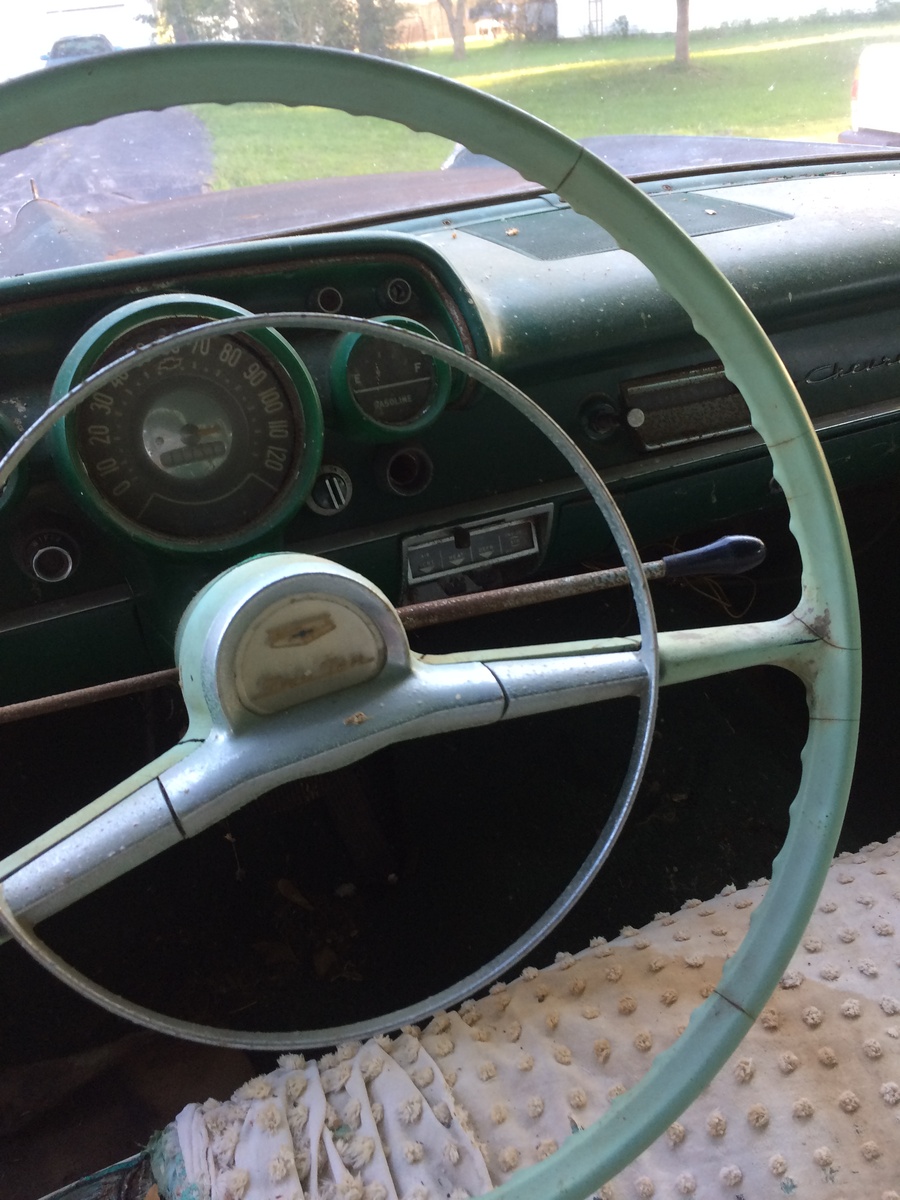

Standing erect in a body cast, and often seen wearing a skirt (as he was unable to dress himself due to the cast he was wearing), Duntov spent the next six months working on the fuel injection system while his body healed.

Harry Barr, Edward Cole’s successor as Chevrolet’s Chief Engineer.ĭuntov had been developing his own fuel injection system since early 1956 (after an accident while driving a prototype Corvette hardtop with experimental disc brakes at the GM Proving Grounds in April left him with a broken vertebrae in his back). The team was comprised of Ed Cole, who had been promoted to Chevrolet’s chief in 1955 Harry Barr, who designed the 1949 Cadillac V-8 and went on to become Cole’s successor as Chevy’s Chief Engineer John Dolza, head of fuel injection development for the GM engineering staff and Zora Arkus-Duntov. Fuel injection provided more precise fuel metering than a carburetor allowed, so GM assembled a development team to develop its own fuel injection delivery system. GM had considered using supercharging (as an alternative method to boost performance) but decided against it because of reliability issues. While some European manufacturers had already begun experimenting with fuel injection in their production cars, Chevrolet turned to this new technology to bring added performance to its two-year-old V8 engine. While fuel injection is almost universal today, the very idea of it in 1957 was completely foreign to automotive manufacturers.
#1957 chevrolet transmission manual
Onyx Black, Polo White, Venetian Red, Arctic Blue, Aztec Copper, Cascade Green, Inca SilverĢ83-ci V-8 (fuel injected or carbureted) – multiple horsepower options availableģ or 4 Speed Manual or Powerglide Automatic (optional)Ĭhevy ads carried the news that the Corvette now produced “one horsepower per-cubic inch” Dual four-barrels took it to 245 horsepower (and 270bhp.) Better still, consumers could now also purchase GM‘s newly developed “Ramjet” fuel injection system which yielded 259 horsepower (or 283 bhp). This modified engine delivered an impressive 220 horsepower when coupled with a four-barrel carburetor. Even after the immense structural, physical, and mechanical facelift it received in 1956, Corvette saw some major improvements in 1957.Ī new, larger 283-cid engine was placed under the hood, Mechanically, it was really still the existing 265-cid engine, though it had been bored out 1/8-inch (to 3.875 inches). While General Motors still recorded only modest sales of the Chevrolet Corvette in 1956, it was apparent to everyone that it was also beginning to be taken seriously as a sports car. In the period of just two short years, Corvette had evolved from a car that was facing the very serious threat of extinction to one that showed real promise for a long and healthy life.

1957 Corvette Vehicle Identification Numbers (VIN).


 0 kommentar(er)
0 kommentar(er)
